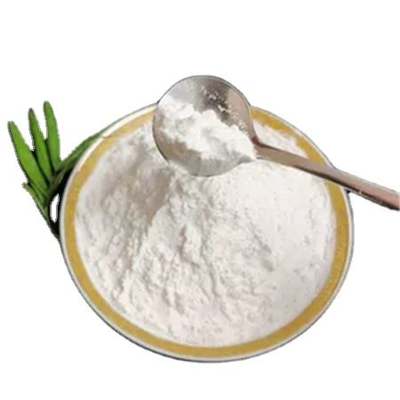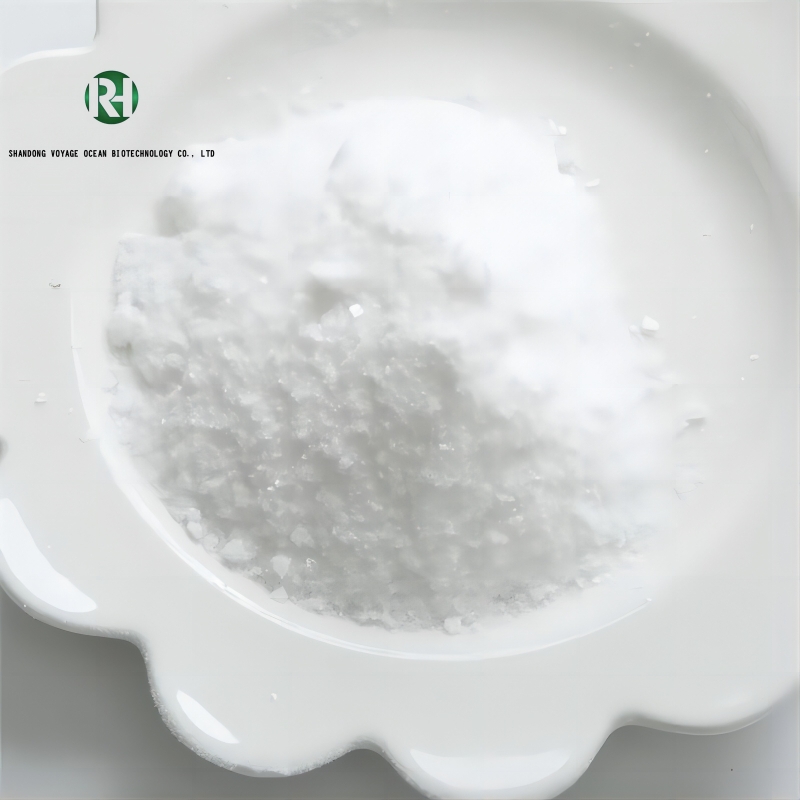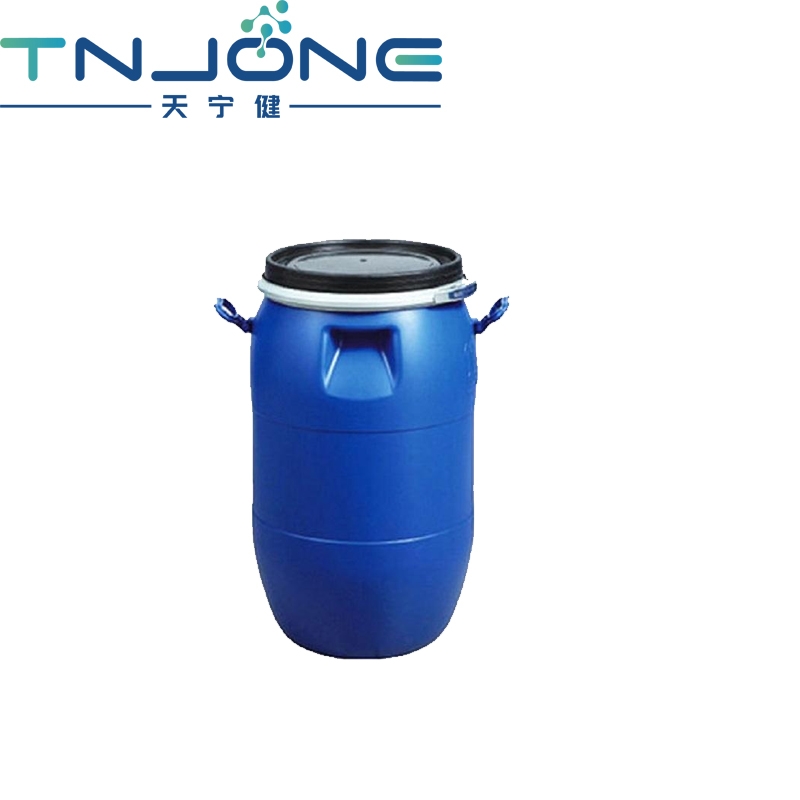Cosmetic Ingredient
- • Abrasive (124)
- • Absorbent (84)
- • Anticaking (66)
- • Anticorrosive (25)
- • Antifoaming (19)
- • Antimicrobials (290)
- • Antioxidant Ingredient (393)
- • Antiperspirant (20)
- • Antiplaque (48)
- • Anti-seborrheic (38)
- • Anti-sebum (39)
- • Antistatic (458)
- • Astringent (162)
- • Binding Agent (172)
- • Bleaching Agent (53)
- • Buffering (191)
- • Bulking (109)
- • Chelating (122)
- • Cleansing (679)
- • Cosmetic Colorant (212)
- • Cosmetic Preservative (158)
- • Denaturant (45)
- • Deodorant (98)
- • Depilatory (27)
- • Dissolving Agent (298)
- • Emollient (795)
- • Emulsifying Agent (480)
- • Emulsion Stabilising (154)
- • Exfoliating (19)
- • Film Forming (299)
- • Flavouring (72)
- • Foam Boosting (161)
- • Foaming (101)
- • Fragrance Ingredient (726)
- • Gel Forming (19)
- • Hair Conditioning (670)
- • Hair Dyeing (363)
- • Hair Fixing (36)
- • Hair Waving or Straightening (45)
- • Humectant (282)
- • Hydrotrope (92)
- • Keratolytic (20)
- • Light Stabilizer (80)
- • Moisturising Agent (50)
- • Nail Conditioning (42)
- • Occlusive (20)
- • Opacifying (119)
- • Oral Care (123)
- • Oxidising (19)
- • Perfuming (2105)
- • Plasticiser (98)
- • Propellant (19)
- • Reducing (50)
- • Refatting (12)
- • Refreshing (26)
- • Skin Cleansing (388)
- • Skin Conditioning (1751)
- • Skin Humectant (21)
- • Skin Protecting (282)
- • Smoothing (31)
- • Soothing (71)
- • Tonics (155)
- • UV Filter (34)
- • Viscosity Controlling (532)
Chemicals as Skincare Ingredients
Related News
-
Silab launches Deolya natural deodorant for skin care
2024-03-25 -
Native Launches First Full Body Deodorant
2024-02-05 -
Wanhua Chemical has three more projects
2022-11-07 -
Careers Deodorant sector heats up with rise in natural and innovative products
2018-11-20 -
Natural Deodorant Brand Freedom Eyes Amazon Sales with New Partnership
2018-06-01
Deodorant
Aluminum chloride hydroxide (Al2Cl(OH)5)
(12042-91-0)-
cosmetic grade / 50%
-
Industrial Grade;food Grade;pharmaceutical Grade / 23%
-
-
Request for quotation , get quotes from more suppliers.
-
Cosmetics Grade / 99.5%
$10-13/MT FOB
-
-
- / 0.00%
-
- / 99.5%
Request for quotation , get quotes from more suppliers.
Monosodium phosphate
(7558-80-7)-
Industrial grade / 99%
-
Industrial Grade / 98%
$5-6.5/KG FOB
-
Industrial Grade / 99%
-
Triethyl citrate
(77-93-0)-
Industrial Grade / 99%
-
-
API Grade / 99%
$5.5-7/KG FOB
-
Request for quotation , get quotes from more suppliers.
Oils, geranium
(8000-46-2)-
Flavors and Fragrances Grade / 99.9%
-
Flavors and Fragrances Grade / 99%
-
-
- / 99.00%
Request for quotation , get quotes from more suppliers.
-
- / 99.00%
-
- / 99.00%
-
Food Grade / 0.00%
-
Top Product / 99%
Request for quotation , get quotes from more suppliers.
Roccal
(63449-41-2)-
Cosmetics Grade / 99%
-
Industrial Grade / 99%
$0.1/KG FOB
-
Chemical Grade / 99%
-
Top Product / 99%
$19-23/KG FOB
Request for quotation , get quotes from more suppliers.
Cetylpyridinium chloride monohydrate
(6004-24-6)-
Cosmetics Grade / 99.5%
$1-1.2/MT FOB
-
Industrial grade / 99%
-
Industrial Grade / 99%
-
Request for quotation , get quotes from more suppliers.
Chlorine dioxide
(10049-04-4)Bleaching cellulose, paper-pulp, flour, leather, fats and oils, textiles, beeswax; purification of water; taste and odor control of water; cleaning and detanning leather; manufacture of chlorite salts; oxid
-
Cosmetics Grade / 99.5%
$1-1.2/MT FOB
-
Chemical Grade / 98%
-
-
Tungsten oxide (WO3)
(1314-35-8)-
Industrial Grade / -
-
- / 99.00%
-
-
Industrial Grade / 98%
$10/KG EXW
Request for quotation , get quotes from more suppliers.
Source Deodorant Raw Materials by Region
More Information
Body odor originates from apocrine sweat glands which release a mixture of proteins and lipids that are metabolized into volatile compounds by bacteria causing the characteristic smell associated with body odor.
When sweat components are broken down by bacteria on the surface of the skin, an uncomfortable smell is emitted, particularly in areas like the underarms, feet, and groin.
Reasons for body odor:
● Sweat: Sweat comprises proteins and lipids that bacteria break down to produce a bad smell
● Hormonal: During puberty, there is a change in hormones that can trigger apocrine gland action resulting in unpleasant body odor.
● Diet: Some foods and drinks such as garlic or alcohol can increase body smell.
● Poor Hygiene: Body odor is made worse when inadequate cleaning allows for bacterial growth.









































![chloroperoxyl[qr];Chloryl radical buy chloroperoxyl[qr];Chloryl radical](https://file.echemi.com/fileManage/upload/goodpicture/20230804/m20230804173951053.png)



